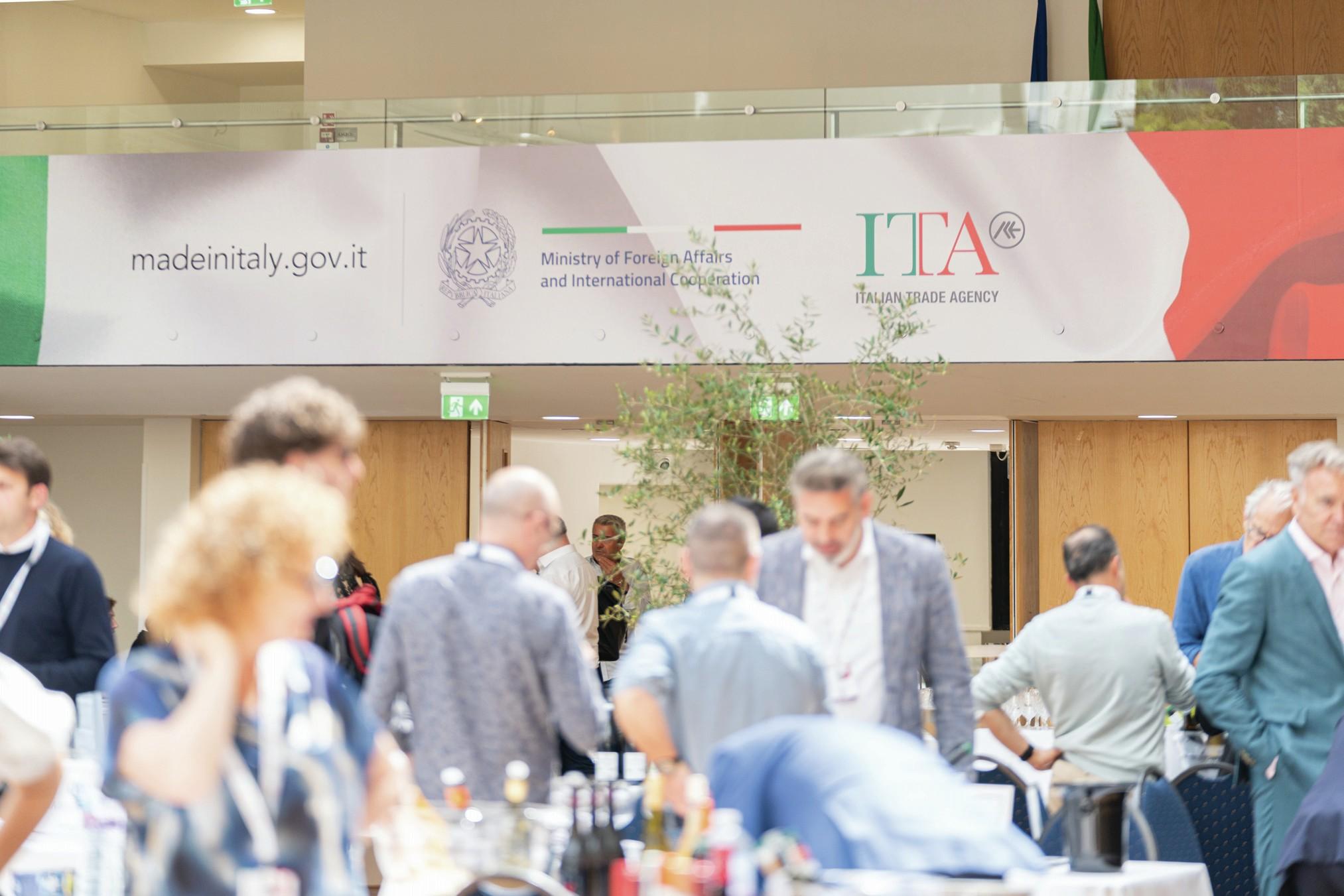How food and wine pairings are evolving
Has there ever been a more electrifying time to eat and drink? That sense of exhilaration is a double-edged sword. Kathleen Willcox investigates.

On the one hand, going out to dinner is now a global affair, with an esoteric buffet of options in urban, suburban and rural areas that was unimaginable even a decade ago. Consider this: 99 percent of the U.S. population lives near a Mexican restaurant today.
Authentic sub-regional Korean, Mexican and Ethiopian restaurants can be found in small towns across the country, as can obscure bottles of biodynamic Chenin Blanc from the Loire.
On the other, when the bill comes, we now have the heart-pounding anxiety that accompanies food inflation. Eating out has become so costly, close to 80 percent of
Americans now see even fast food as a luxury, and they are indulging in it less often, according to a survey conducted by LendingTree.
That perception isn’t without truth at its core. Prices at restaurants are climbing faster (about 4% year over year) than they are at grocery stores (up about 1.1% year over year), according to the National Restaurant Association.
Drawn-out
Adding to the challenge for restaurants is the fact that younger generations of eaters want a very different experience at restaurants than previous generations did. Members of Generation Z and Millennials are less likely to want long, drawn-out tasting menus with drink pairings that are set in stone—but they do want luxury and quality.
According to a survey of restaurant guests from Toast, 26% of respondents ages 27 and below are compelled to eat out more often at restaurants with higher-quality menu items, whereas 61% of guests 44 and above are motivated to eat out more when the
menu is affordable.
Gen Z and Millennials are also more eager to be steered toward delicious choices than previous generations by the staff. Twenty-one percent of younger diners also want to hear stories and recommendations from restaurants employees, compared to just 4% of older diners.
Restaurants with serious wine programs are embracing the seemingly contrasting desires and needs of diners with refreshing aplomb and an evolving way to present and serve what the people want (at a price that won’t give them agita).
Going Faster for Less—And Making it Special
Doing more with and for less has become a way of life for many of us, including restaurateurs.
“We do not offer tasting menus at any or our restaurants, but we do offer guided experiences at our chef’s tables,” says Clarke Anderson, a beverage manager for the Atlanta-based Rocket Farm Restaurants, with outposts like Beetlecat, Bar Blanc, The
Optimist and No. 246. “Those menus are never printed, and they will only happen one night, on the night they are offered. They have become hugely popular, and one of the best ways to present guests with creative food and drinks pairings that aren’t available anywhere else.”
Anderson and his teams have also found that younger people want to be in and out with a great experience, often guided by the staff, for an hour or tops, 90 minutes.
“They want incredible food, often shareable, made from local ingredients, often organic,” Anderson says. “We are also really careful to mark up our Champagnes two times instead of three or four times, which is the industry standard. That has made our pizzas at No. 246, paired with our Champagnes, one of our most popular pairings.”
Meals are, by necessity and design, fleeting affairs. Inherent time constraints, coupled with a desire to capture gustatory lightning in a bottle, has led to not just one-off chef’s table experiences, but popup menus and experiences within established dining and drinks spaces.
Between 2021 and 2022, popups grew 105% in the U.S. Between 2022 and 2023, they grew 155% according to Yelp.
At a Portland trio of elevated cocktail and dining establishments, Uncommon Concepts, the team has been busily erecting eclectic tasting menus for a new type of diner.
“Tasting menus as we knew them are over,” says executive chef Casey Gipson. “No one has the attention span or desire. They want accessible, interactive experiences with pairings that are more fun and nostalgic than stuffy.”
Think Mac and Cheese “gelt” coins with arborio rice, black garlic and charred onion and salmon tartare cones with crème fraiche and capers, paired with a dill and kombu infused gin martini garnished with toasted sesame oil.
Creating Instagrammable Moments
We all have to eat, but for younger generations, feeding the ’Gram comes first.
Savvy restaurateurs know that dishing up photographable opportunities leads to foot traffic. About 50% of diners admit that social media influences their dining choices, and 77% of younger generations are more likely to visit a restaurant if they believe an Instagrammable moment will present itself.
“We are purposefully creating experiences that can be shared on social media,” says Collin Nicholas, owner and beverage director at Uncommon Concepts. “People see things on social media and want to be a part of them.”
At Fools and Horses, that may present as a Beef Tartare, served in the same format as a Lunchable, with Ritz crackers and baby Tabasco bottles on the side, paired with the Five Longhorns Cocktail, which is made with bourbon, roasted pear, Zucca Rabarbaro, PX cherry and lemon.
Partner Content
Anderson says that creating beautiful, recordable deliciousness is part of their strategy to “future proof” their restaurants.
“We want to make sure that younger people who are often planning dinners and dates weeks in advance leave with incredible memories,” Anderson says. “And yes, we know they want to share the more colorful dining moments on social media, which is why we pour Raclette on their fries at the table and offer cocktails with garnishes that we can light on fire in front of them.”
Delivering Affordability and Savings—Without Feeling Budget Friendly
No one wants to feel like they’re on a budget on a dinner date (even if they are). And with rising costs for food, restaurants are finding ways to cut costs—for both diners and their chefs—without looking or feeling cheap.
The Uncommon Concepts popups are designed to be wallet-friendly: for US$99 all in (tax + tip), diners will get five courses that span childhood comfort foods, high-end bites and premium sips.
The ingredients are chosen to please diners’ palates, but also with their own budget in mind, says CEO Melina Moser.
“We built a beautiful menu with price consciousness in mind so it could be executable and profitable,” Moser explains. “Food prices and labor are through the roof, but we know we can’t pass that off to diners, so we are thoughtful about portion size, serving a combination of full plates and bites. We are also offering the popups on Mondays when our spaces are normally closed.”
At Denver’s Noble Riot, sommelier and owner Troy Bowen finds that pairing high with low not only creates the kind of memorable and exciting experience diners are looking for, it allows restaurant teams to flex their creative muscles while still making their margins.
“Fancy can be a moment,” Bowen says. Today, he adds, it also often symbolizes “crushing an old norm. The snap of the patriarchy buckling under the force of your Champagne and Cheetos pairing. On the one hand, the classy—Champagne. On the other hand, the trashy—full of fatty, messy components.”
Creating these mashups allows everyone to have a “culinary experience on any budget.”
At the Michelin-starred and James Beard Foundation-winning Frasca Hospitality Group in Boulder, wine director Carlin Karr says they actually created Frasca Food & Wine’s sister restaurants Osteria Alberico, Sunday Vinyl, Tavernetta and Pizzeria Alberico with a new type of eater in mind.
“Even at Frasca one of our trademarks is the Frico Caldo,” Karr explains. “It’s essentially mashed potatoes with onion and Montasio cheese that is seared. It’s like a really decadent hash brown. Serve it with a glass of Champagne, and it’s the ultimate high-low indulgence.”
At all of the restaurants, Karr says the focus—with eaters’ gustatory, experiential and budgetary desires in mind—is on seasonal cuisine that is both luxurious and comforting.
Think heritage carrots, roasted at their peak, paired with a fresh rosé. Or … truffles and Barolo.
“When we put our white pizza with truffles on the menu at Pizzeria Alberico it sells out every day,” she says. “Pair it with a glass of Barolo, and it’s definitely a high-high pairing that also somehow feels casual because it’s pizza. We find that Millennials and Generation Z really embrace treating themselves. Social media has blown up certain items like truffles, caviar and oyster. As long as you don’t serve it in a predictable way, or force them to spend a month’s rent on it, they’re in.”
New mode
Even wineries with pairing menus are embracing the new mode of pairing.
At Napa’s Domaine Carneros, CEO Remi Cohen says they were one of the first wineries to offer caviar on-site to pair with their sparkling wines. But they didn’t want to go for the classic “bougie” presentation, Cohen says.
“We decided not to pair it with a classic caviar service,” she explains. “We wanted to make it more approachable and playful by pairing it with potato chips. Caviar on a salty, crunch chip with a dollop of crème fraiche creates the perfect combination with the bright acidity and effervescence of our bubbles.”
At Priest Ranch in Napa, executive chef Dan Solomon launched a Bacon & Wine Experience in 2018 in a bid to create a fun and truly unique tasting experience that would build an Instagrammable memory—but would also work.
“We serve four pieces of thick cut, cured, applewood smoked pork belly that has been cooked sous vide for 24 hours,” he explains. “Each piece is brushed with a unique sauce or dry rub and baked until hot and crisp on the outside, while still maintaining a tender, braised meat texture.”
In other words, this ain’t your standard breakfast beacon. Each one is paired specifically with a wine selected for the particular slice, although the tasting room team encourages participants to mix and match.
“Nothing like this is being offered anywhere else in the Valley, and it has brought us a brand-new fan base,” says Priest Ranch tasting room manager Cory DeLoach. “We hear from our guests all the time and they chose to visit Priest Ranch because of this experience specifically. Then most people end up loving the wine and often either join our wine club or buy a few bottles to take home.”
Gourmet wine and food experiences that require an intense financial and chronological commitment feel increasingly passé. Luxury today should still be elegant and curated, but it feels most now when it is also joyful and edited with care.
Related news
Strong peak trading to boost Naked Wines' year profitability




